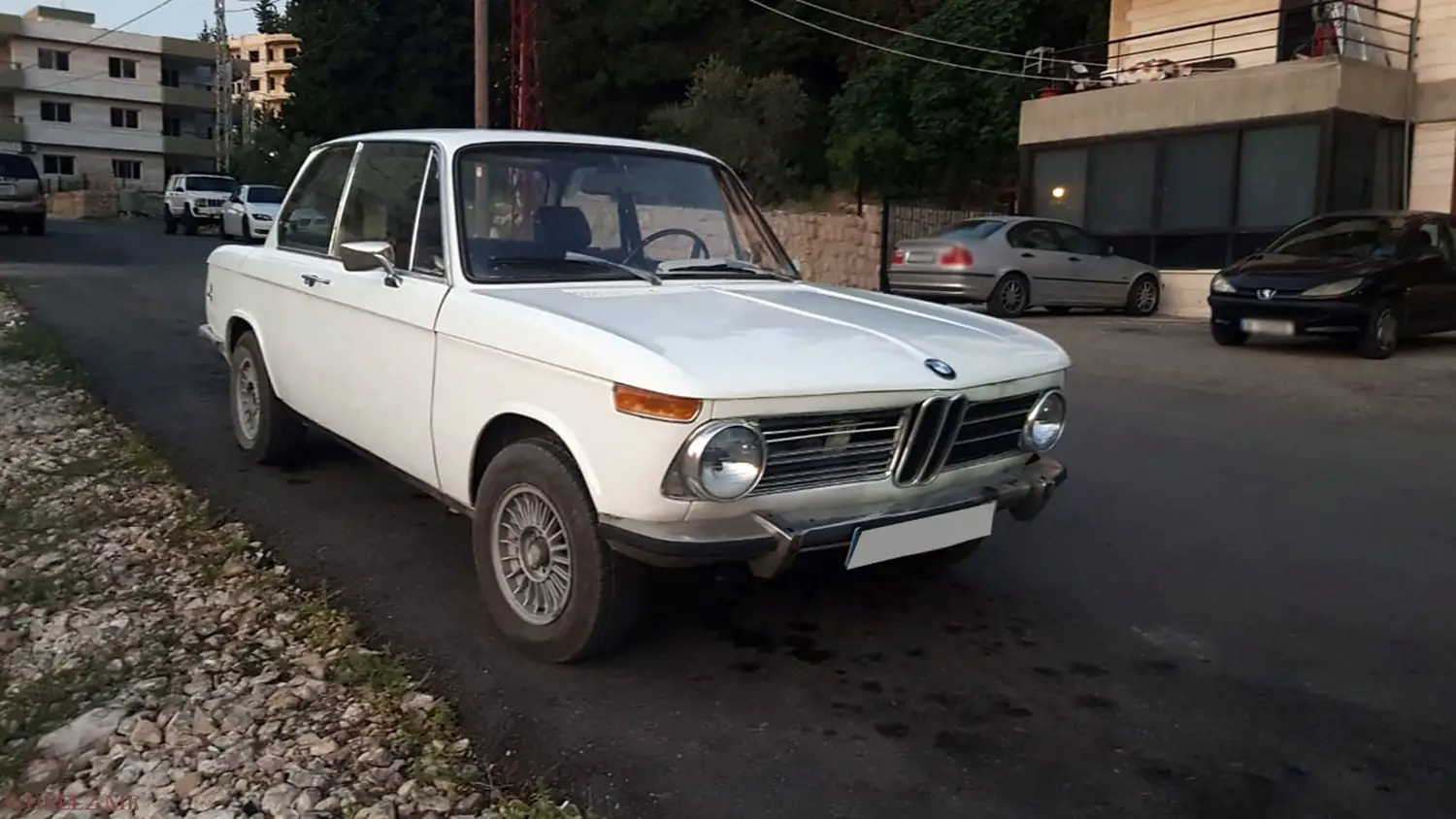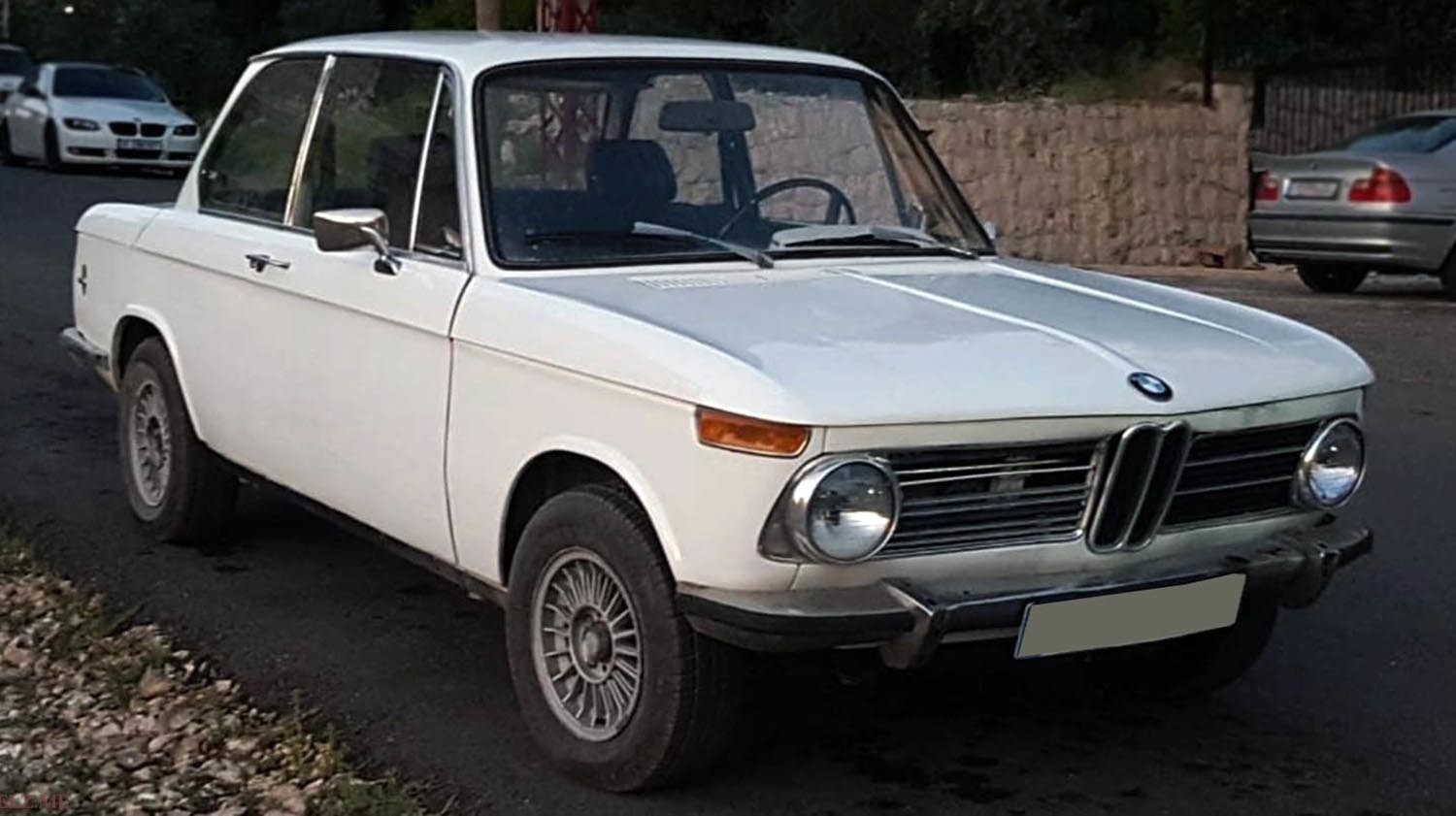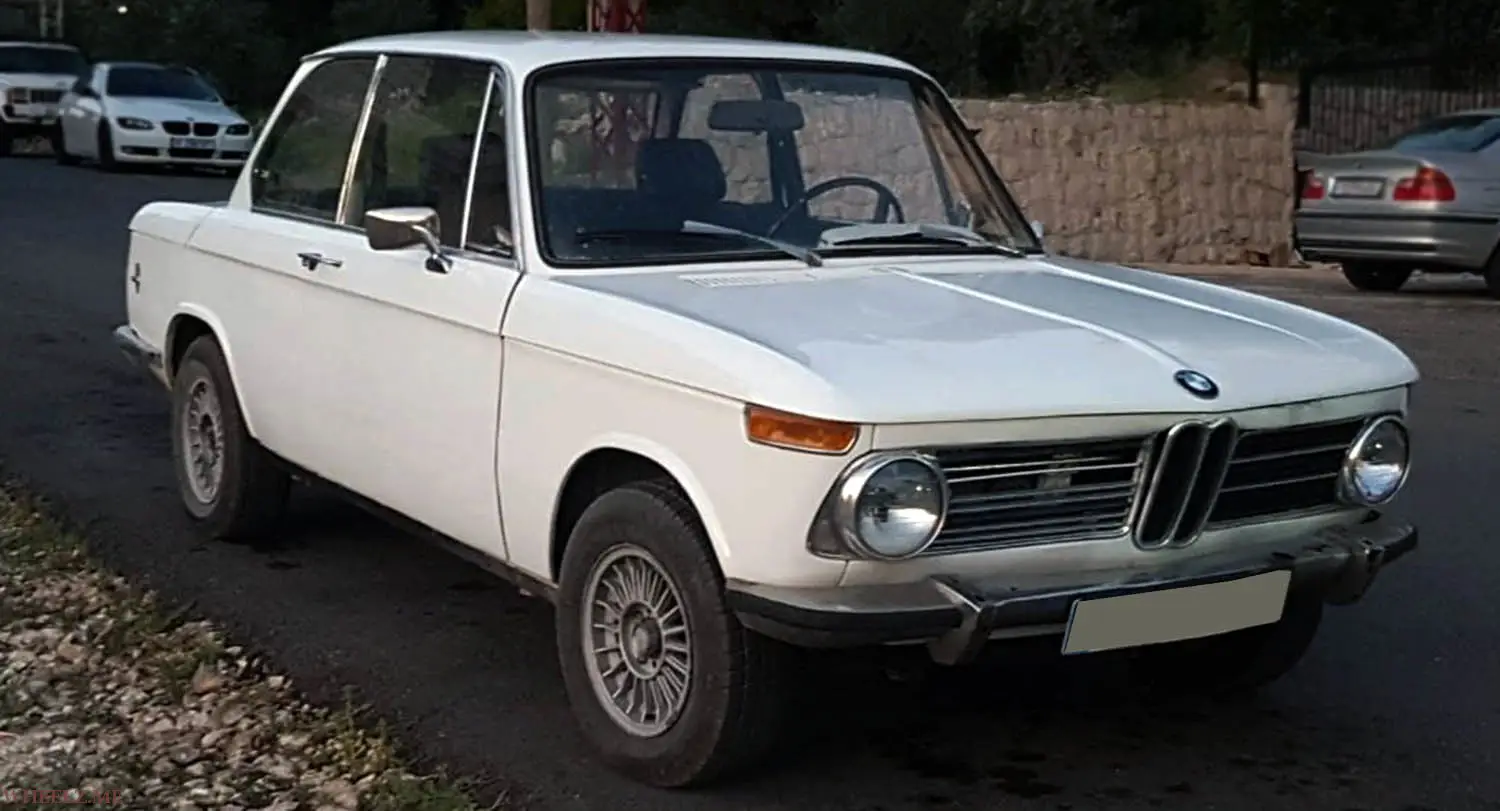
The BMW 1602 holds a special place in automotive history. It represents a pivotal moment for BMW, blending performance with everyday usability. This compact two-door sedan helped define the brand’s sporting identity during a transformative era. Let’s explore the model history, technical details, and interior innovations of this iconic Auto Icon.
The Genesis of a Legend: The “New Class”
BMW was at a crossroads in the early 1960s. Facing financial struggles, the company needed a game-changer. The solution arrived with the “New Class” sedans, combining modern styling with advanced engineering. These cars featured unibody construction, MacPherson strut front suspension, and independent rear suspension. The platform laid the foundation for BMW’s sporting success and inspired future 02 Series models.
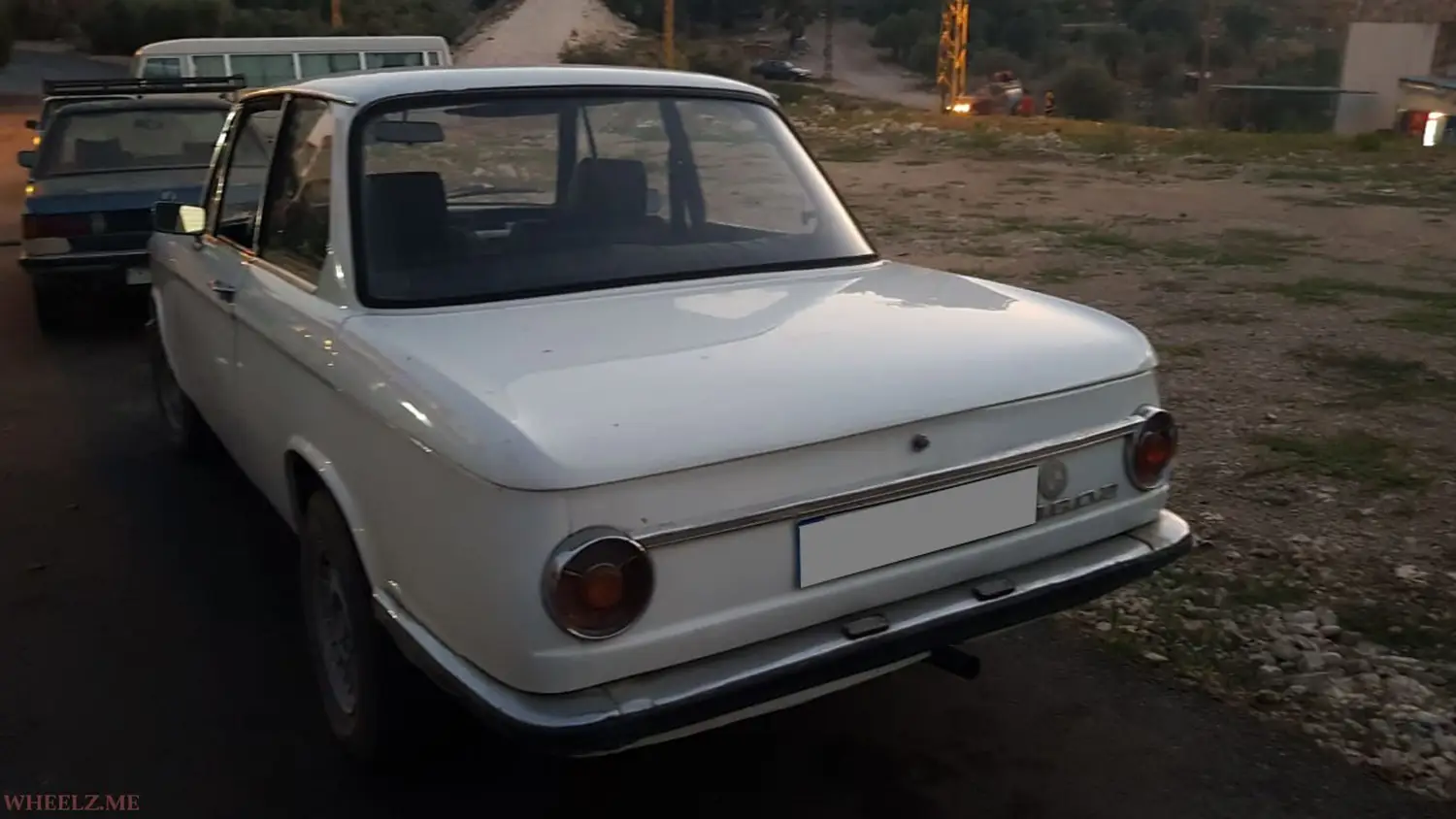
From Sedan to Sport Coupe: The 02 Series Emerges
The New Class sedans were well-received, prompting BMW to envision a smaller, sportier variant. This led to the creation of the 02 Series, with the first models, the 1600-2 and 2000 C/CS, debuting in 1966. The “02” designation indicated a two-door configuration. These models offered nimble handling and youthful styling that appealed to a new demographic.
The Birth of the BMW 1602
The BMW 1602 officially launched in 1966. As a two-door version of the 1600 sedan, it retained compact dimensions while adding sport-focused dynamics. Its relatively low weight and short wheelbase made it agile on winding roads, offering a lively and engaging driving experience without compromising daily usability.
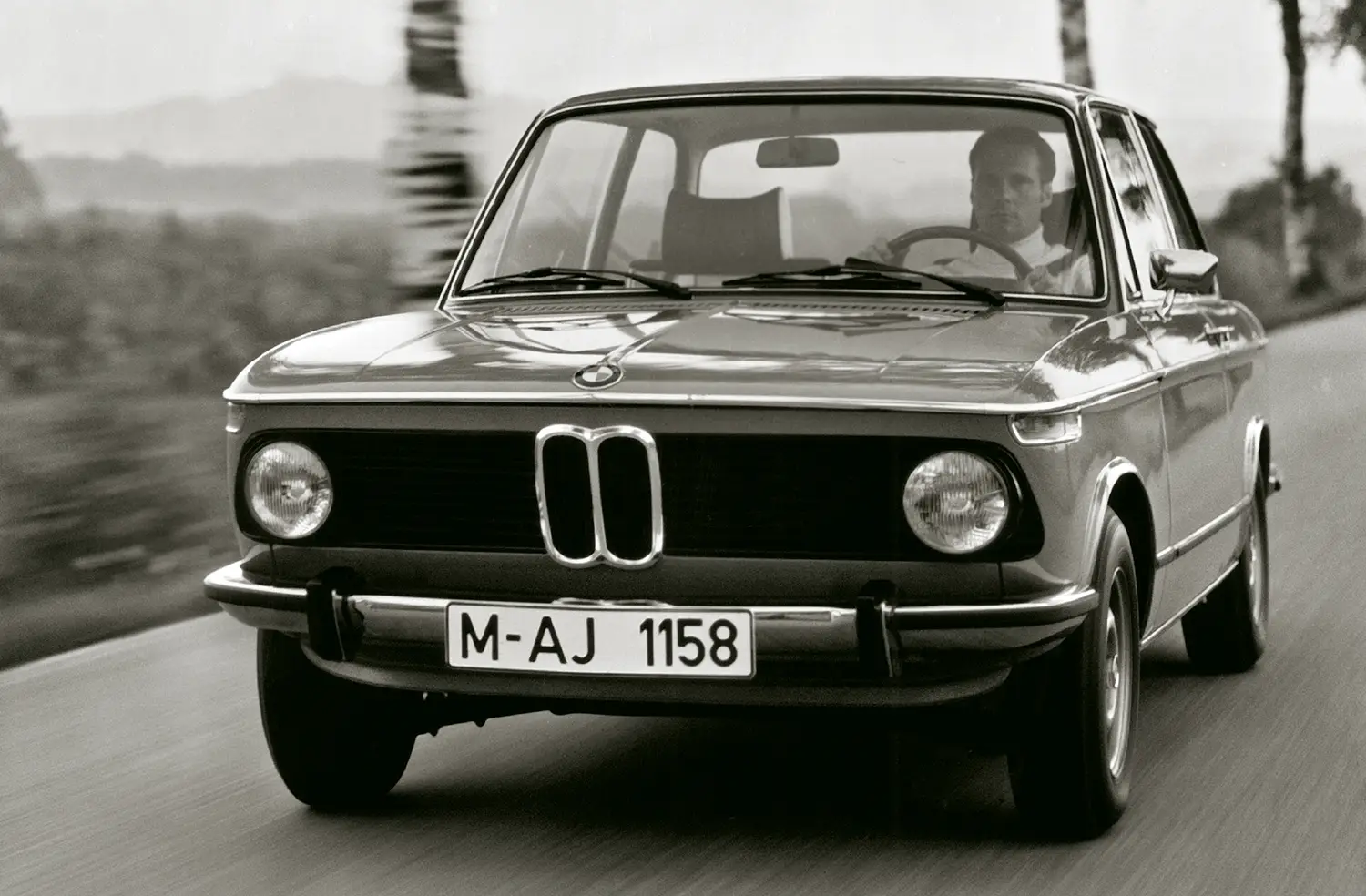
Engineering Excellence: M10 Engine Legacy
At the heart of the 1602 was BMW’s M10 engine, a 1.6-liter inline-four producing around 85 horsepower and 97 lb-ft of torque. It featured a single overhead camshaft and was known for smooth power delivery, tunability, and robust reliability. The M10 engine allowed spirited acceleration and a top speed approaching 100 mph, making the 1602 an engaging “driver’s car” of its time.
Driving Dynamics: A “Driver’s Car”
The BMW 1602 excelled in handling thanks to its lightweight chassis and independent suspension. Steering was precise and direct, giving a connected feel to the road. The car’s balanced weight distribution, combined with a four-speed manual gearbox, made cornering predictable and enjoyable. Even today, enthusiasts praise its raw, mechanical driving feedback.
Interior and Ergonomics
The interior of the 1602 was functional yet driver-focused. It featured a simple, clean dashboard layout with clearly marked gauges, including speedometer, tachometer, fuel, and temperature indicators. Seats were supportive for spirited driving, with optional sportier buckets in later models. Materials were durable, combining vinyl and cloth trim, and later 1602 models offered improved sound insulation and optional headrests for added comfort.
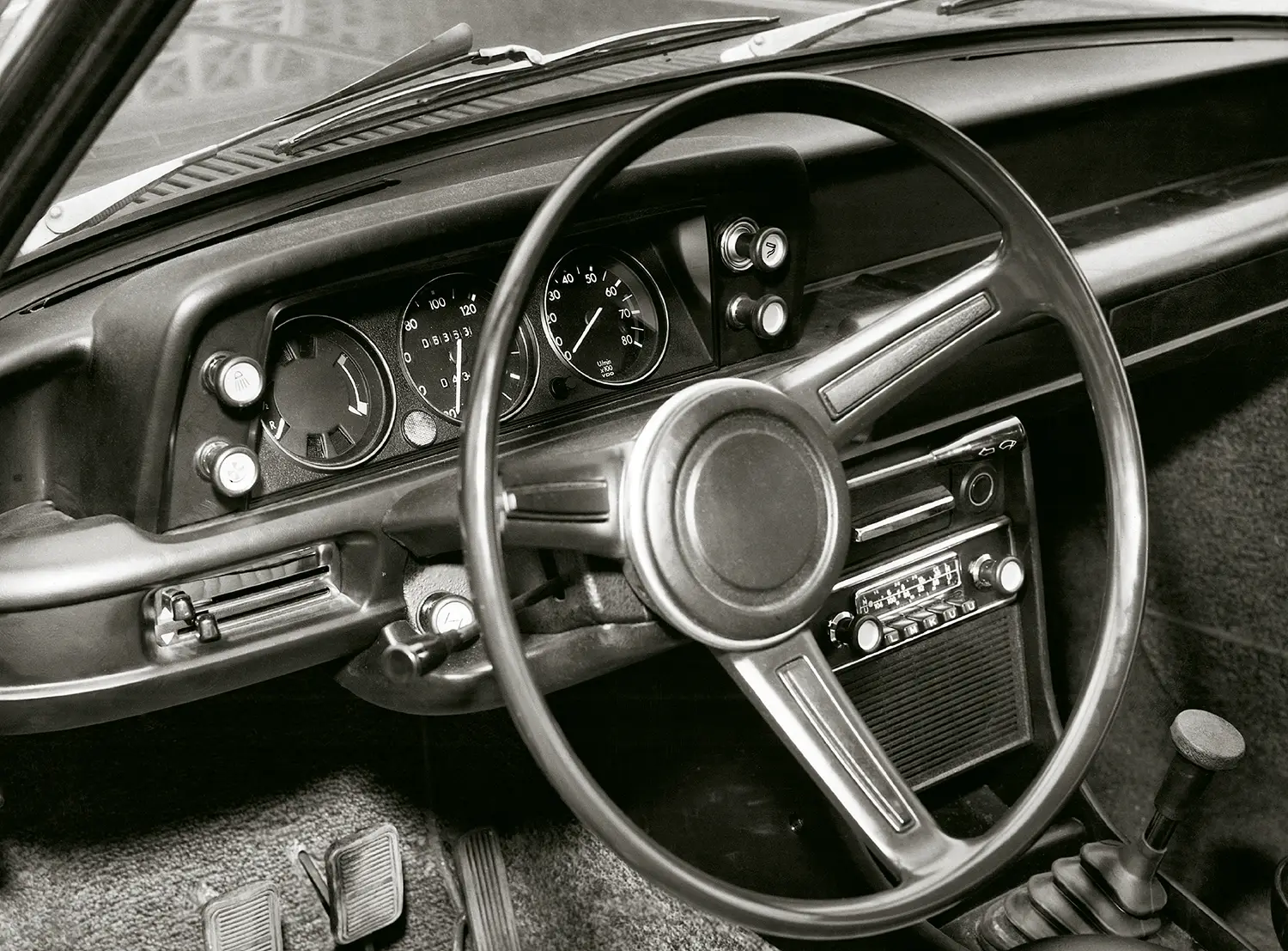
Variants and Evolution of the 1602
While the standard 1602 was popular, BMW produced several notable variants. These included:
- 1602 Baur Targa: A semi-convertible variant with a removable roof panel, offering open-air driving while retaining structural rigidity.
- 1602 Touring: A limited estate-style variant that combined practicality with 02 Series sportiness.
- 1602 E (Elektro): An all-electric prototype developed in 1972 for the Munich Olympic Games, demonstrating BMW’s early innovation in electric propulsion.
Performance specs varied slightly across variants due to weight differences and optional equipment, but all retained the M10 engine’s spirited character.
Performance: Power and Precision Across Variants
The base 1602 came with the 1.6-liter M10 producing 85 hp. Later 1602 models with higher compression heads or sport tuning reached up to 95 hp. Transmission options included a four-speed manual or optional three-speed automatic. Suspension tuning remained consistent, offering a comfortable yet agile ride, while brakes included front discs and rear drums. The Baur Targa added structural reinforcements but retained similar handling characteristics. Top speed for most variants ranged from 95–100 mph, with 0-60 mph achievable in about 11 seconds.
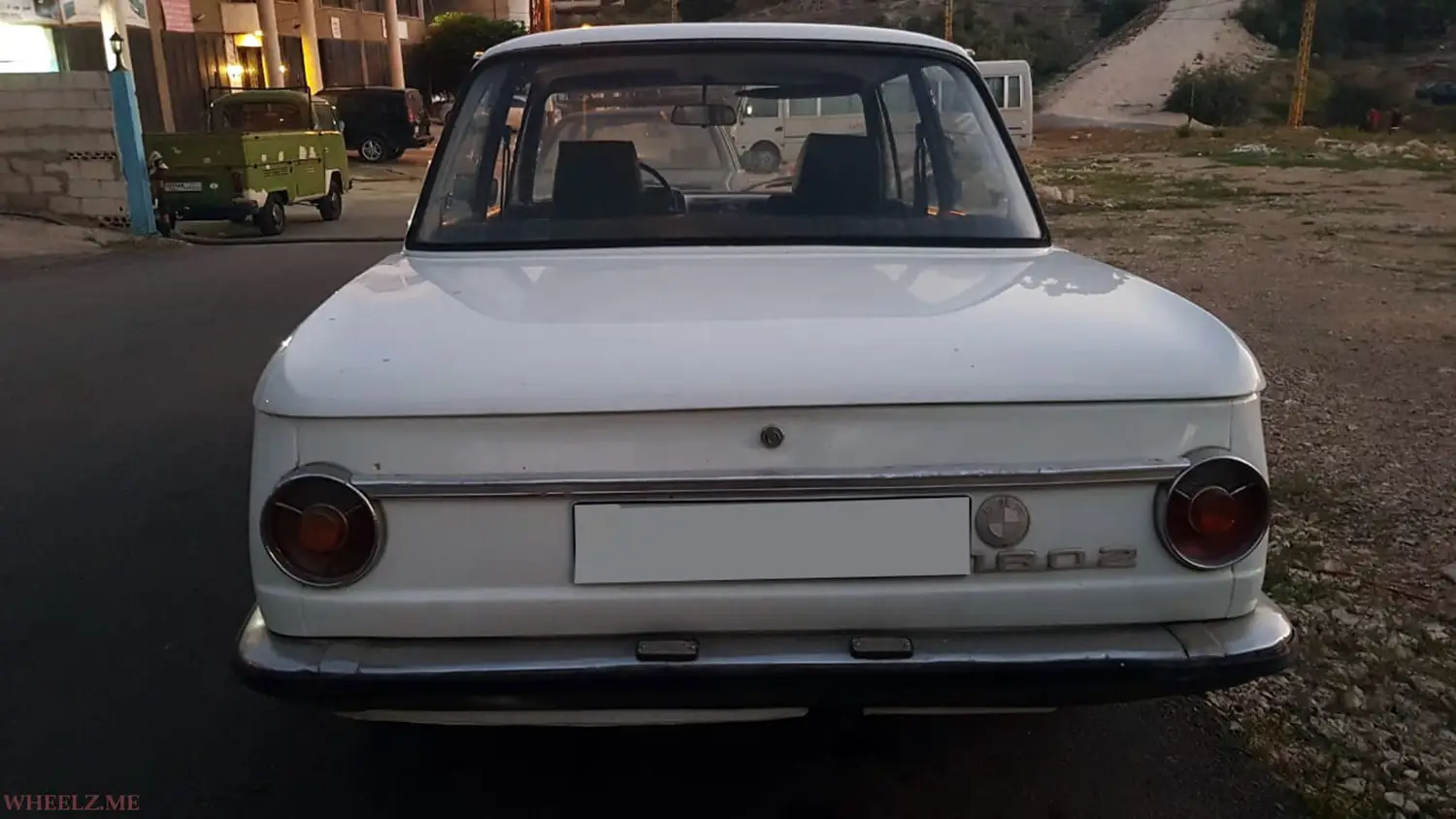
Market Reception and Cultural Impact
The 1602 was embraced by young drivers seeking style and driving fun at an affordable price. Its compact size, nimble chassis, and sporty engine made it a European motoring icon. The car also established BMW’s reputation for small, driver-focused performance cars, directly influencing later models like the 2002 Ti and 2002 Turbo.
The Legacy Continues: Collector Status
Today, the BMW 1602 is a cherished classic. Enthusiasts seek well-preserved examples, particularly Baur Targas and special editions. Its analog driving feel, straightforward engineering, and timeless design make it a sought-after vehicle among collectors. The 1602 remains an enduring symbol of BMW’s sporting ethos.
A Timeless Auto Icon
The BMW 1602 blends performance, practicality, and historical significance. Its M10 engine, balanced chassis, and driver-focused interior embody BMW’s core philosophy. With its classic styling and memorable driving dynamics, the 1602 continues to inspire collectors and enthusiasts alike.
Disclaimer: Content on this site is for informational purposes only. Vehicle specs, pricing, and availability may change. Always verify details with official sources before making decisions. Opinions are those of the authors.
